Our Tiny House-Sit: Trying Tiny On For Size
One of the often overlooked benefits of house-sitting is the ability to try out different living arrangements before you settle down. In this post, we share the unique opportunity we had to house sit a friend’s tiny home in Portland, Oregon for three weeks.
Updated: 2021. Originally published: May 2015.
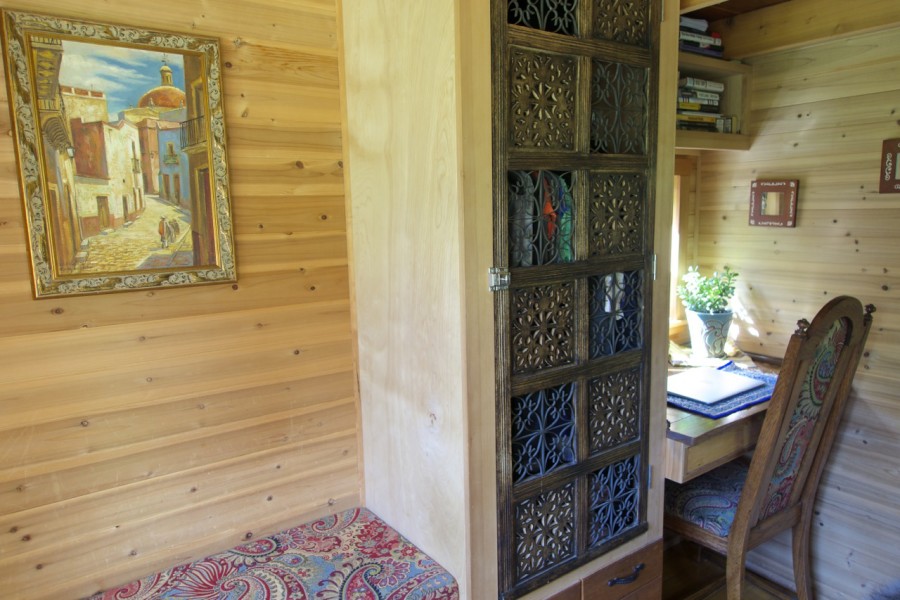
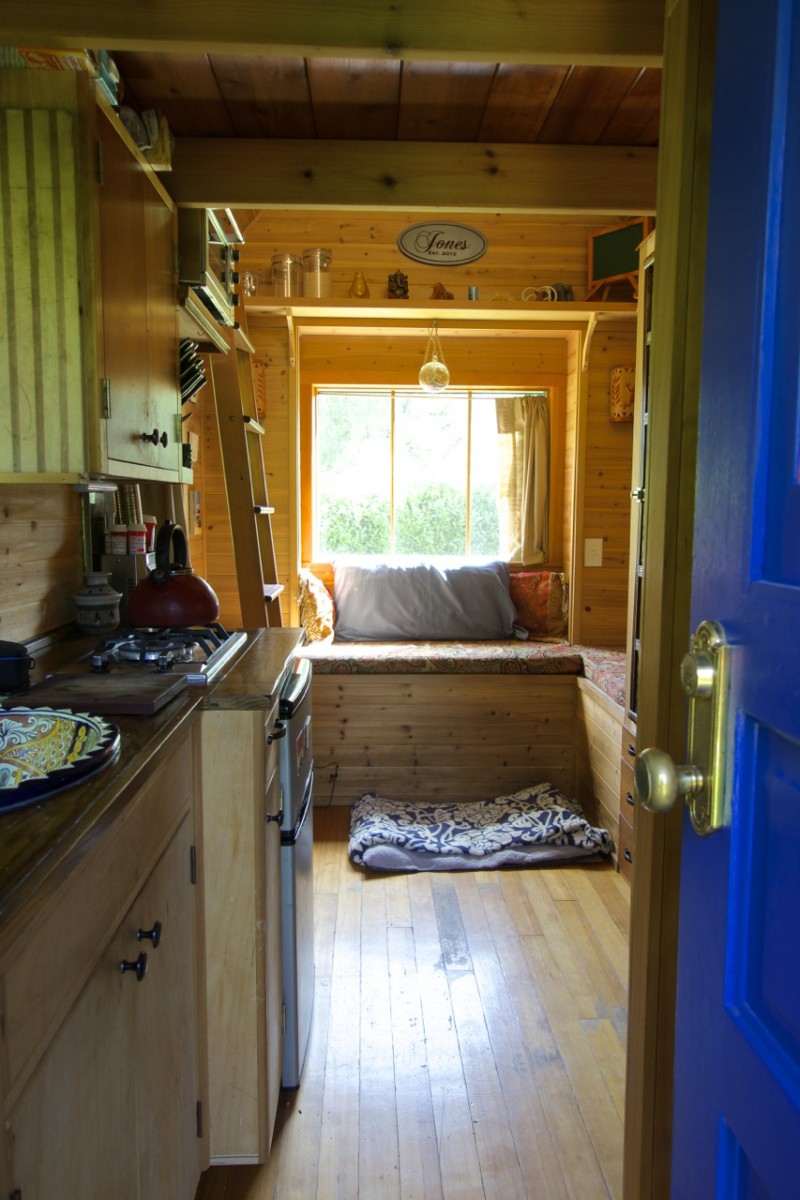
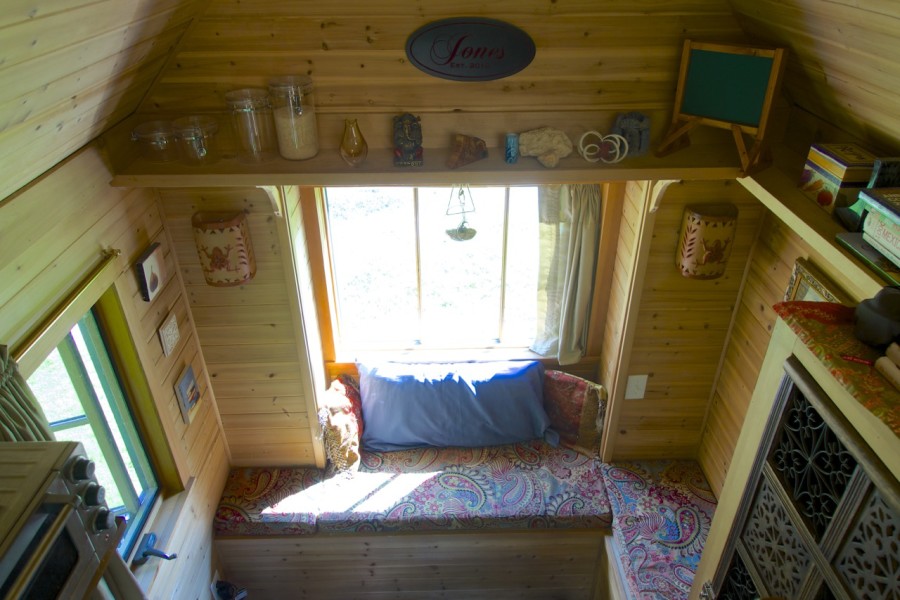
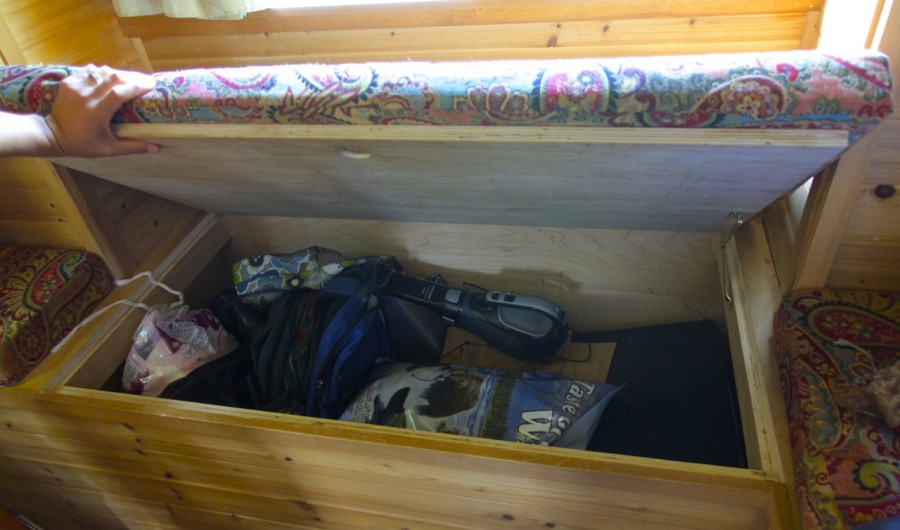
We really loved the experience.
There are pros and cons of any home situation. Jedd summarized some of the key considerations for tiny house living recently on the Simply Intentional blog:
Why Tiny Homes?
This movement is growing and for great reasons:
Simplicity: You downsize your life and stuff. You keep only the things you need and value the most. Everything inside a tiny house must have a specific place and at least one purpose (though many things are multi-functional).
Affordability: Tiny homes range in prices but typically cost between $15,000 – $30,000 to build compared to a typical sized home that can cost well over $200,000. Also, because of the size, there are lower monthly utility costs for water and electricity. Finally, depending on your state and city, tiny homes have their own unique tax code. Some fall under RVs, accessory dwelling units, etc… which means they aren’t taxed the same as regular homes and properties.
Mobility: Many tiny homes are built on trailers and can be transported with a standard 4×4 truck. You can take your home with you.
Intentionality: In addition to being selective about your possessions, you are also forced to take care of things sooner rather than later (or else things get out of hand quickly), developing habits for sustainability and saving money.
Challenges?
Every home and living situation has it’s challenges and tiny homes are no exception to that:
Space: Who would have thought, right? You have to change your lifestyle and learn how to adapt. For two people (or a family) living in a Tiny House together, you have to learn how to share the space and hopefully you like each other and can communicate fairly well together.
Convenience: Depending on the set up of the house, there may not be things like a dishwasher, flush toilet, or laundry machine (though some have all of these). This requires you to be more hands-on to maintain your household.
Location: Only certain properties can actually accommodate a tiny home.
via An Introduction to Tiny House Living | Simply Intentional
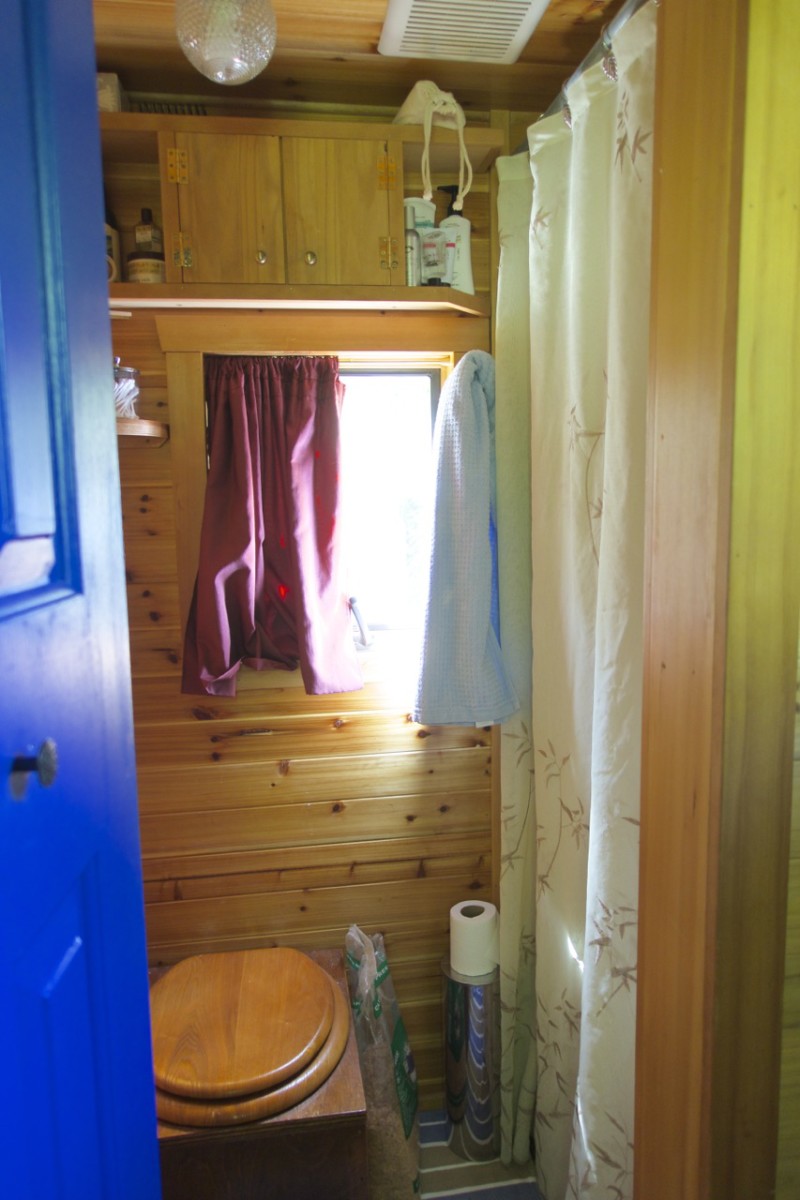
Tiny Adjustments
For us, the adjustments we’ve had to make in this 112 square foot home have not been as challenging as we expected. Among them are:
- More frequent supermarket trips of smaller size
- Emptying a bucket of water from under the house that drains from shower and sink
- Not using more than one heating unit at a time (water heater, convection oven, space heater, or hair dryer)
- Moving a ladder to go up to the lofted bedroom
- Taking quicker showers in order to not overflow the drain bucket
- Filling the toilet with pine chips instead of flushing, and taking the bag of waste out to the trash
- Finding new, outdoor places to exercise together
In exchange for these small sacrifices, a tiny house owner benefits from major savings on utility costs, ease of cleaning, and the ability to move if needed.

Unexpected Benefits
There are more than a few things that were pleasantly surprising when we moved in:
- The backyard where the house is located is spacious, beautiful, and peaceful. It feels like we’re living in a really nice park.
- Nice furnishings make the interior feel cozy like a log cabin while the large windows keep you from feeling boxed in.
- The skylight above the bedroom gives the sense that you’re sleeping in the woods, under the stars.
- The hot water heater is quick and effective, and it works for both the shower and sink.
- Although the lay-out is essentially one open space plus a small bathroom, the kitchen, desk, window seat, and loft give the illusion that two people can each be in their own separate space.
- Cooking with two burners, a convection oven, and limited countertop space really isn’t that hard.
- The closet and drawers are just the right size for the amount of clothes we actually wear in a three-week period.

“The tiny house movement is not a fad. The McMansion is the fad. That’s the thing that came and is now leaving.” Michael Jantzen, Tiny House Design Blog
House-sitting a friend’s tiny house this summer has not only allowed us to keep up our rent-free, digital nomad lifestyle but it’s also given us the perfect opportunity to test out a housing arrangement we’ve been curious about for a long time. Half-way through our test-run, we are thoroughly enjoying living tiny and seriously considering a tiny house for ourselves in the future!
Frequently Asked Questions About Tiny Homes
What is a tiny house? A tiny house is a small living space, typically under 400 square feet. They can be built on trailers for mobility or on permanent foundations.
Despite their size, tiny houses are designed for full-time living with amenities like kitchens, bathrooms, and sleeping areas efficiently arranged to maximize space.
How much does it cost to build a tiny house? It depends on materials, design, and whether you build it yourself or hire a contractor.
On average, DIY builds can range from $25,000 to $80,000, while professionally built tiny houses can cost between $65,000 and $120,000.
How are utilities managed in a tiny house? Utilities can be managed through standard residential hookups or RV-style hookups. Some tiny houses have solar panels, composting toilets, and water tanks so they can be off-grid.
You might also like these posts:
How to Find Pet-Sitting and House-Sitting Gigs
Our Favorite Video Tours of Awesome RVs for Full-Time Tiny Living
Traveler Interview: Megan of Living Tiny, Dreaming Big
Like this post? Pin it for later or share with friends!
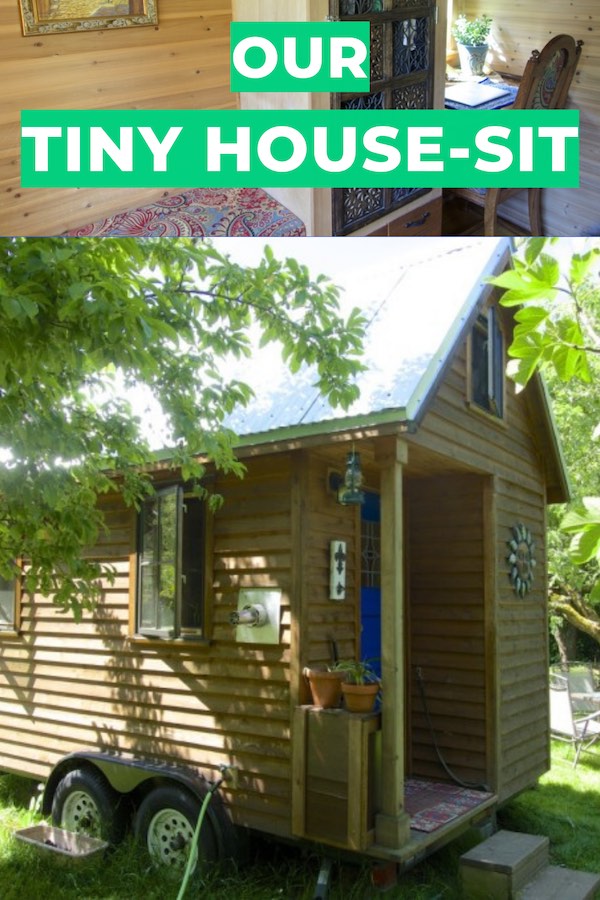

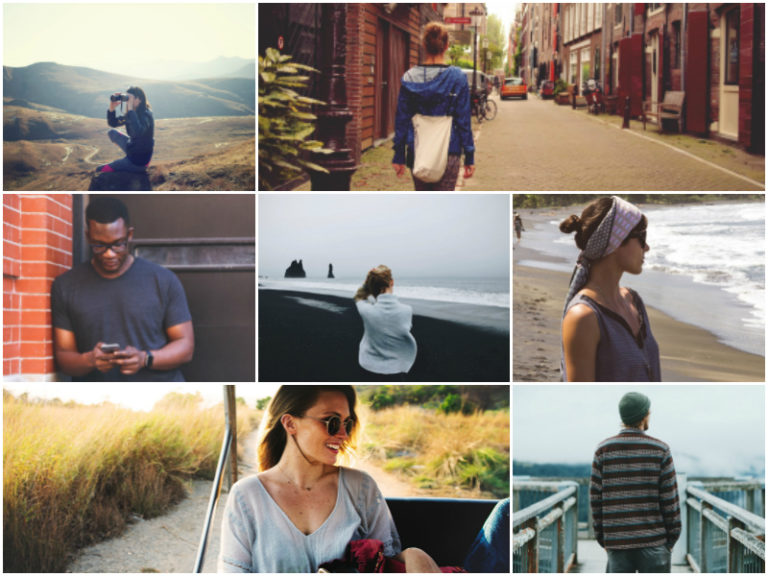
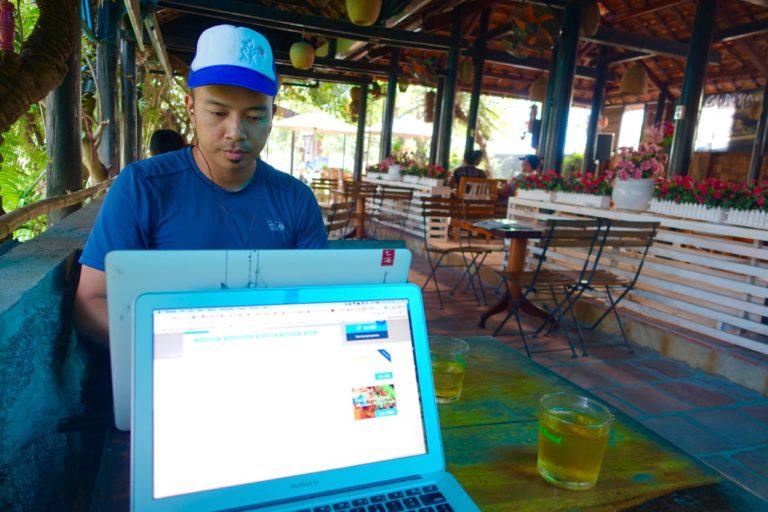
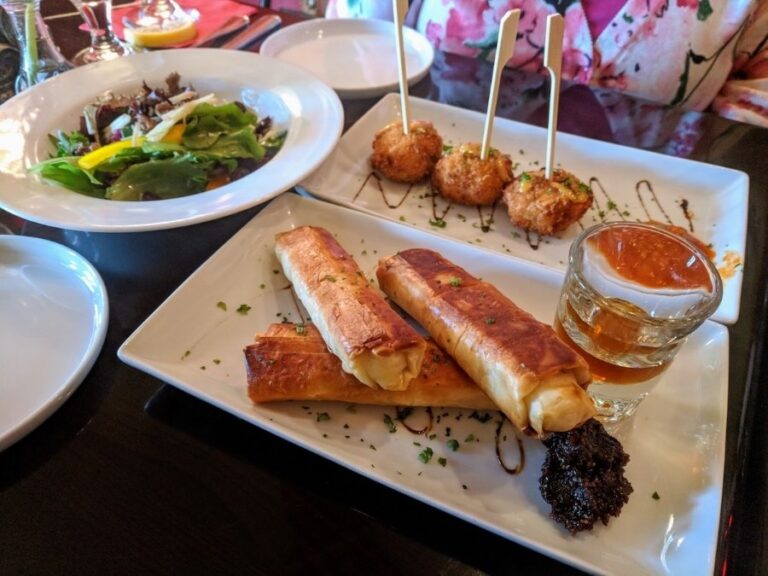
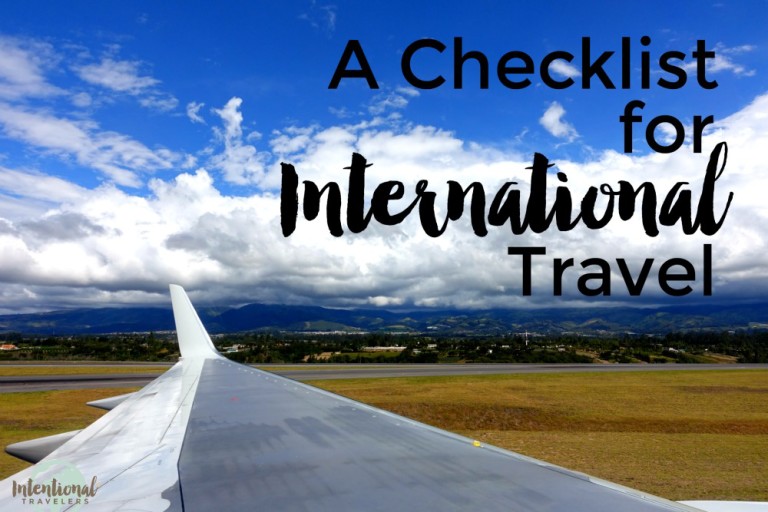


I’ve read and seen documentaries about tiny homes! This one is so cute. I think my major struggle with it is whether its size is guest-friendly at all. We could live on our own in a small space, but we love to host!
Hi Daisy. Hosting guests is one of our concerns, too. There’s three ways around it that I can think of: 1) Designing the tiny house so that you can fit more people, i.e. be able to pull out a table for six or transform an extra bed. There are many examples like this, just not in the 112 sq foot size. 2) Make use of the outdoor space for entertaining. Or 3) Coordinate with neighbors to set up a communal space you can share for entertaining, whether it be a big gazebo with space heater or a full kitchen/livingroom in someone else’s house. Like many other things, living in a tiny house requires us to think differently about how we do things. It wouldn’t be the same as a larger house but it’s not impossible.